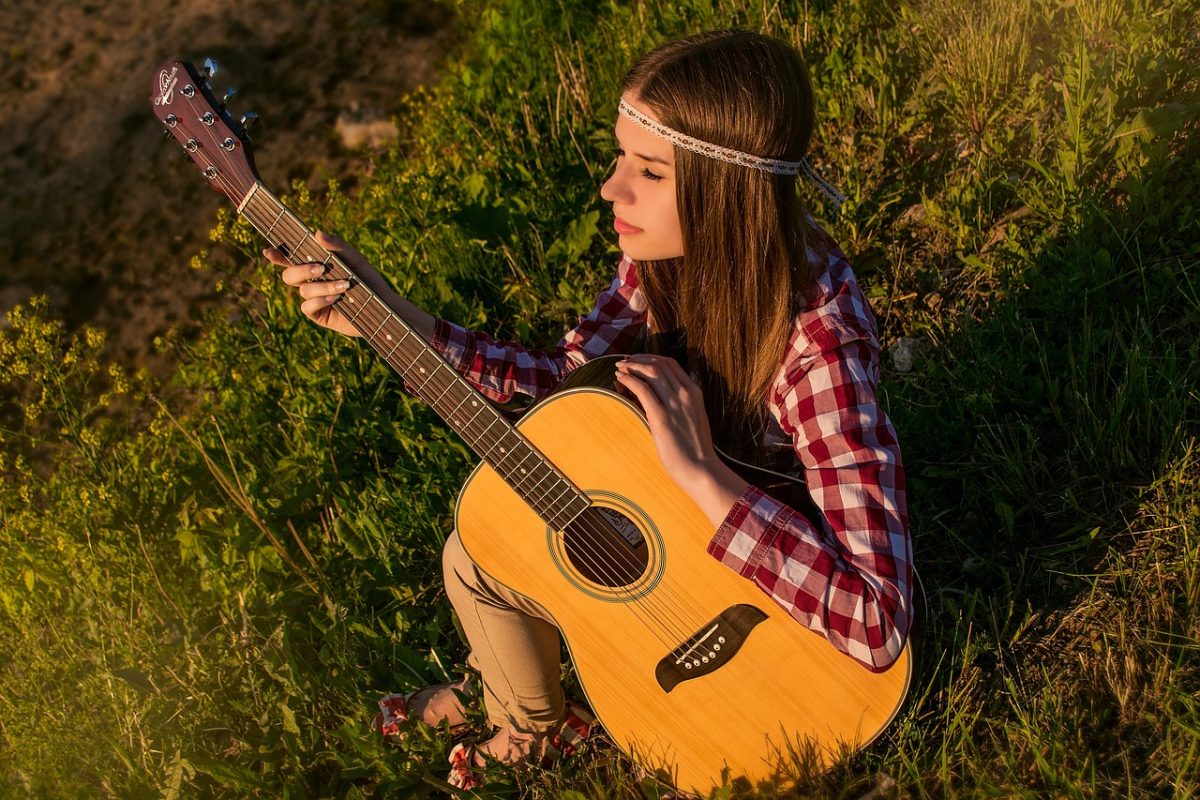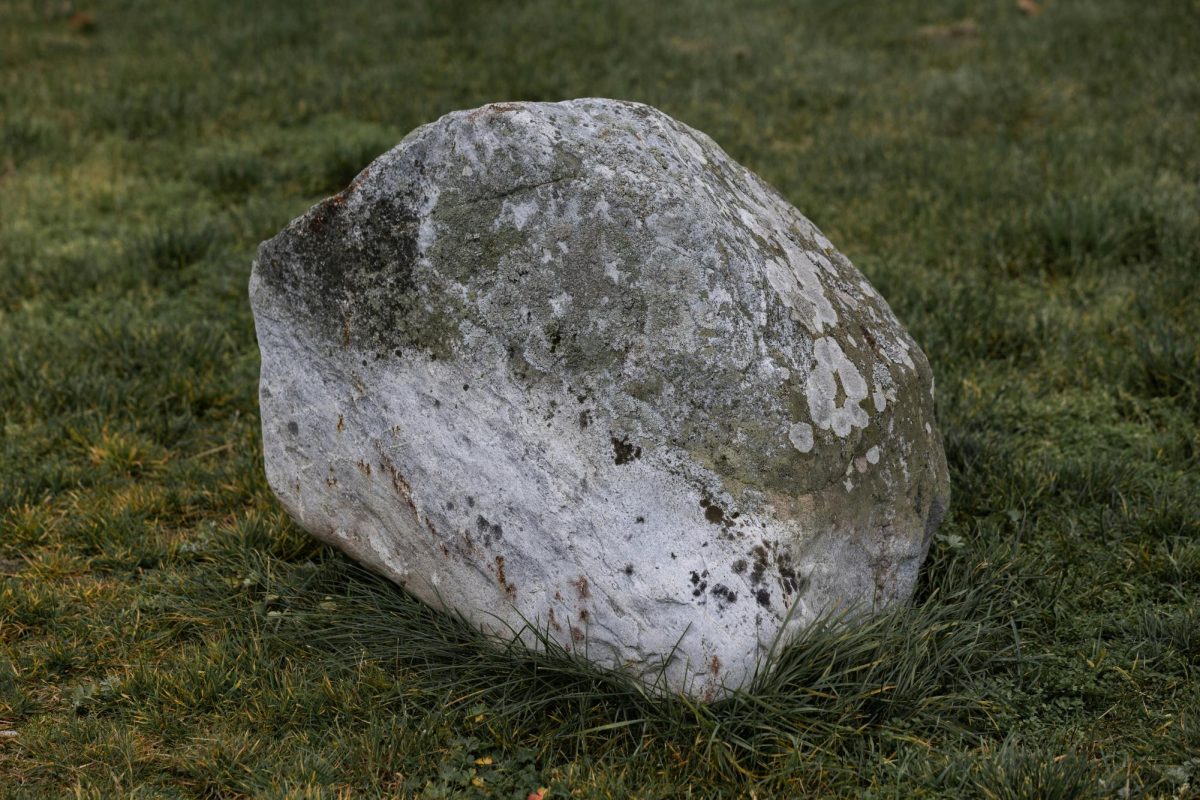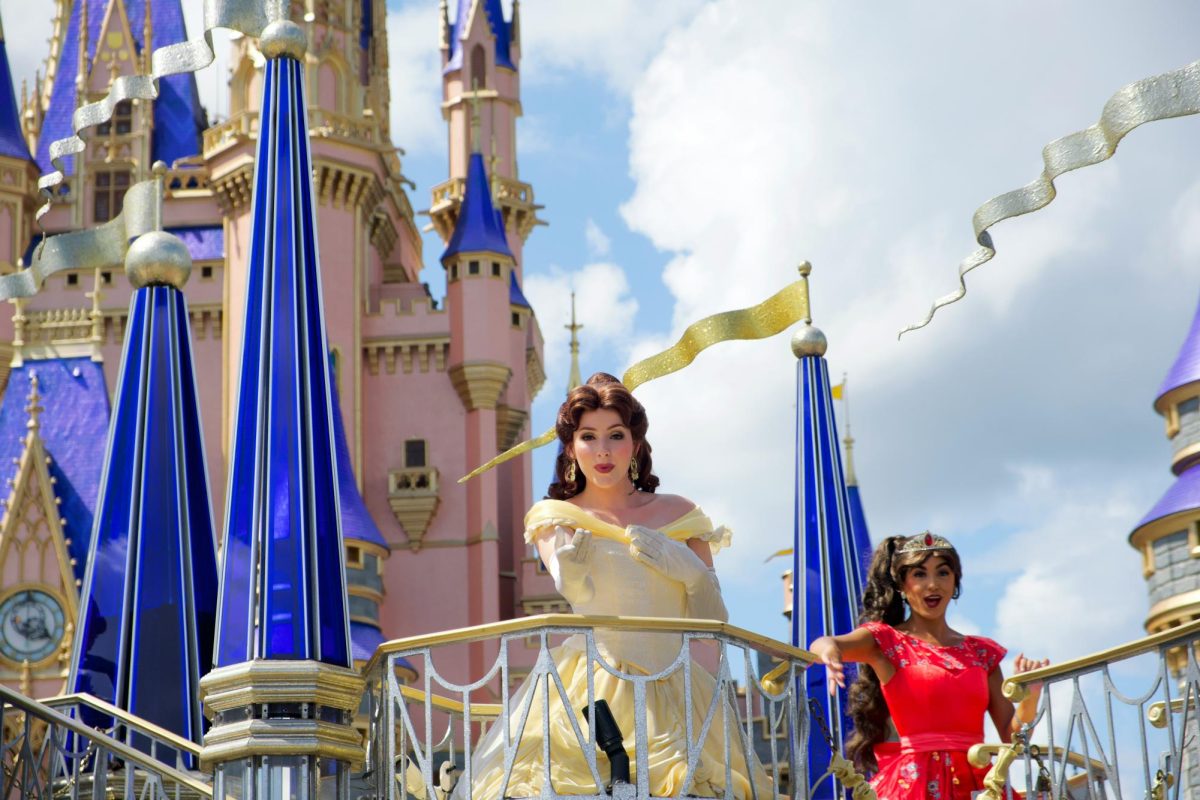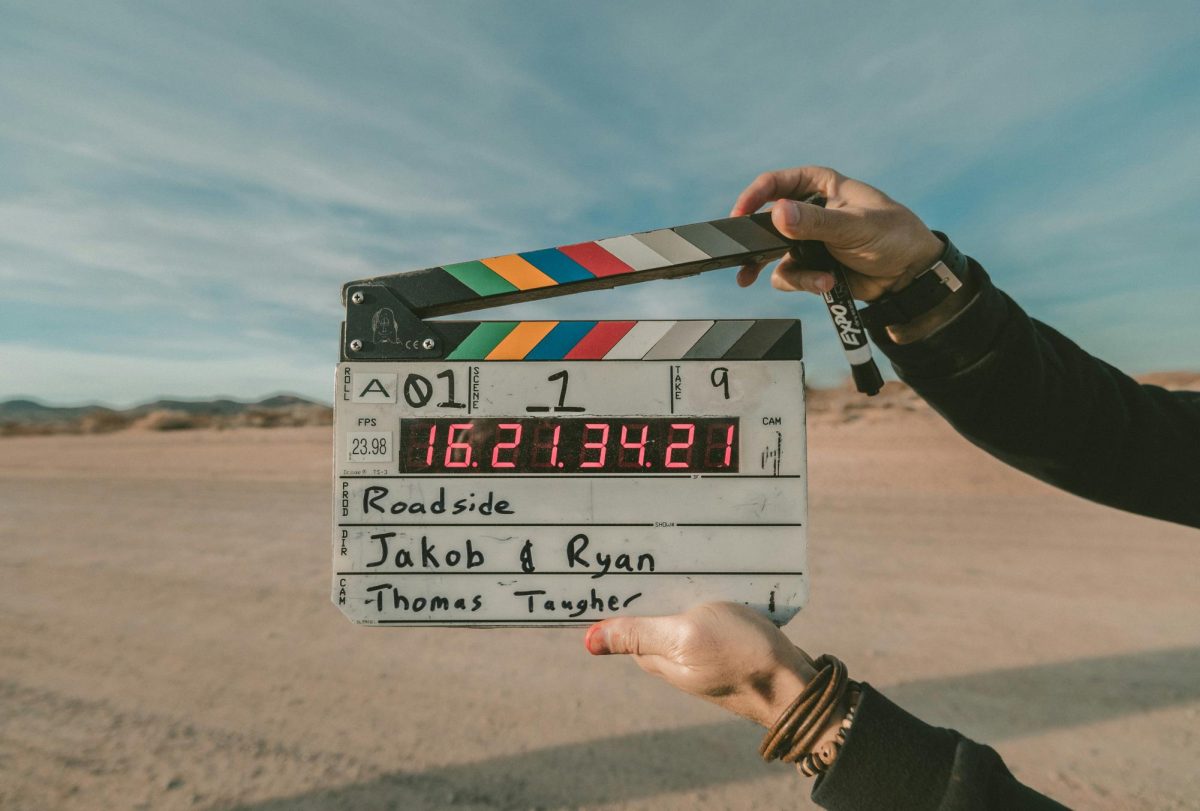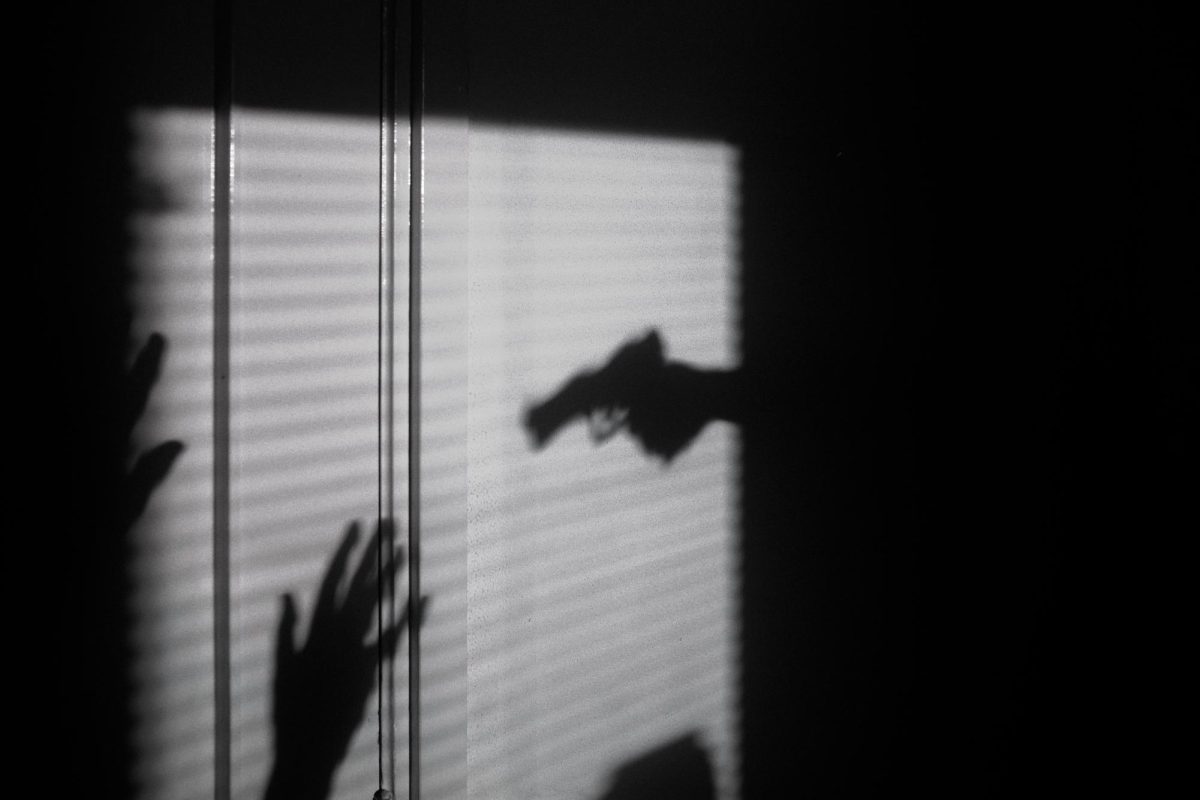The pens of folk singer-songwriters have long uplifted the messages of activist movements– whether the song is Bob Dylan’s “Blowin’ In the Wind” or Woody Guthrie’s “This Land Is Your Land,” the global impact of the protest folk genre should not be underestimated–and yet it so often is.
The Presence of Protest Folk Throughout History
Protest folk music predominantly found its roots in the United States, though it has played integral roles in international movements.
During the American Civil Rights Movement of the 1950s and 60s, “We Shall Overcome” became a protest anthem, one that eventually found its way overseas, to places such as Beirut or Tiananmen Square. The song started out as one sung by slaves in the US, eventually making its way into churches and mainstream media. It declares that “We shall live in peace, someday,” which many found solace in, especially as civil disobedience was initially met with little support and at times horrendous violence. Bob Dylan’s “Blowin’ In the Wind” held a similar message, asking listeners: “How many times can a man turn his head and pretend that he just doesn’t see?”
Protest folk is infused in anti-war protests as well. “Where Have All the Flowers Gone” by Pete Seeger fronted the musical movement against the American military’s involvement in the Vietnam War. A particularly haunting lyric reads, “Where have all the soldiers gone? Gone to graveyards, everyone. Oh, when will they ever learn?”
Other movements such as the push for change in US environmental policies have been soundtracked by artists such as Joni Mitchel with “Big Yellow Taxi,” which criticizes the ever-growing trend of tearing down natural habitats to develop housing or parking lots. “War on the Workers” by Anne Feeney criticizes capitalism in the US and its exploitation of the working class for the benefit of the one percent. The fight for equality for marginalized groups throughout history, such as women, racial minorities, or the LGBTQIA+ community, have found voices through music.
Internationally, movements such as the fight against South African apartheid have also garnered support through folk music. In Latin America, a folk-based genre called Nueva Canción emerged and was a medium for many artists to support movements against governments or supporting communities in their countries, especially in Chile and Argentina.
Why Folk Music?
Music is revered for bringing people together, and in times of protest, bringing the strength of different communities together is what artists in the folk protest genre, and the protest genre in general, hoped and continue to hope to achieve. Folk music in particular is known for its stripped down style and intimate lyrics, creating an ideal platform for artists to share their beliefs and hopes through song. Additionally, music can sometimes strike with people more than speeches or writing, because of the emotional addition of instrumentals and poetic lyrics.
It would be shortsighted to ignore that folk music’s power might have also lay in its demographic– Bob Dylan and Woody Guthrie were two white male artists who recognized the powerful position they were in, and they decided to utilize their influence as prominent artists with largely white audiences to draw attention to the causes of black Americans and lower class Americans respectively, whose voices were and still are undervalued.
The Resurgence
The most prominent examples of protest folk seem to find themselves decades away– the lack of mainstream releases after a surge of songs released in the 1950s and 60s suggested that protest folk might not be the mainstream genre it once promised to be. But recently, through various social media platforms, new protest folk artists are emerging, such as Jesse Welles, who has released numerous tracks such as “War Isn’t Murder,” “The Olympics,” and more, criticizing American politics, gun violence, and the irony of everyday life. Thanks to the new age of music streaming, protest songs do not necessarily have to chart on the radio to be heard by people who are not aware of certain issues, and it has allowed for a resurgence of the genre. There are countless great protest folk artists currently releasing music: Rhiannon Giddens, Billy Bragg, Brandi Carlile, and The Weather Station are just a few that are worth checking out.
A song doesn’t have to be radical or incredibly blatant in its activism to be a protest song, and it is still important to listen to music that celebrates life, fiction, and the pleasures of simple things. However, protest music is more important than many people might initially think, and everyone should support the resurgence of music that uplifts those who are suffering and fights for everyone to be able to have a life worth celebrating.

